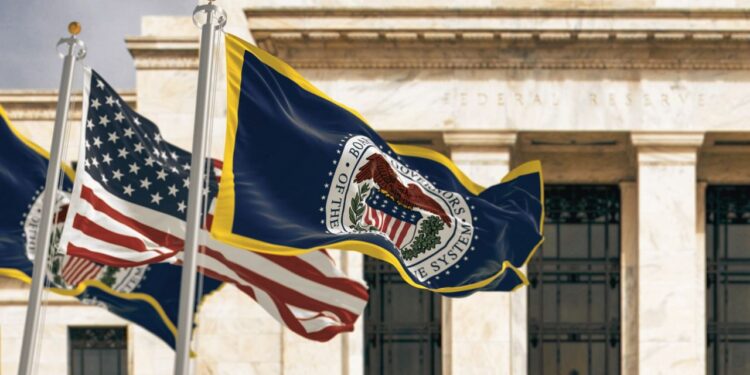What’s going on:
The U.S. Federal Reserve held its policy meeting on Wednesday where Fed Chair Jerome Powell announced the Fed’s decision to hold interest rates steady at 5-5.25%.
This news comes as consumer prices in May showed a 4% increase from a year ago, the smallest annual increase since March of 2021. Fed policymakers previously raised interest rates in the last ten consecutive meetings, according to NPR.
Why it matters:
The Fed’s decision to put a break on interest rate hikes reflects a cautious approach to managing economic growth and managing inflation as some indicators like the Consumer price index and the Producer Price Index show promising economic signs. However, core inflation, excluding volatile energy and food prices, remains at 5.3%, well above the Fed’s 2% target.
High interest rates can lead to reduced job opportunities and wage stagnation. Additionally, if inflation remains high it will erode the purchasing power of workers’ wages over time. This would make it harder for many to maintain their standard of living.
How it’ll impact the future:
As the Fed continues to monitor and adjust monetary policy, businesses may respond by altering their hiring strategies or adjusting wages to keep up with inflation. This, in turn, could impact the overall job market and the financial well-being of workers.
The Fed’s interest rate decisions have broad implications for the workforce, as they influence various aspects of the economy, such as lending rates, home prices, and stock prices. By keeping interest rates steady, the Fed is hoping that positive economic trends will continue in the upcoming month. The goal is to create an environment that supports sustainable economic growth, which in turn can lead to a healthier job market and improved financial well-being for workers.


 Dr. Gleb Tsipursky – The Office Whisperer
Dr. Gleb Tsipursky – The Office Whisperer Nirit Cohen – WorkFutures
Nirit Cohen – WorkFutures Angela Howard – Culture Expert
Angela Howard – Culture Expert Drew Jones – Design & Innovation
Drew Jones – Design & Innovation Jonathan Price – CRE & Flex Expert
Jonathan Price – CRE & Flex Expert











